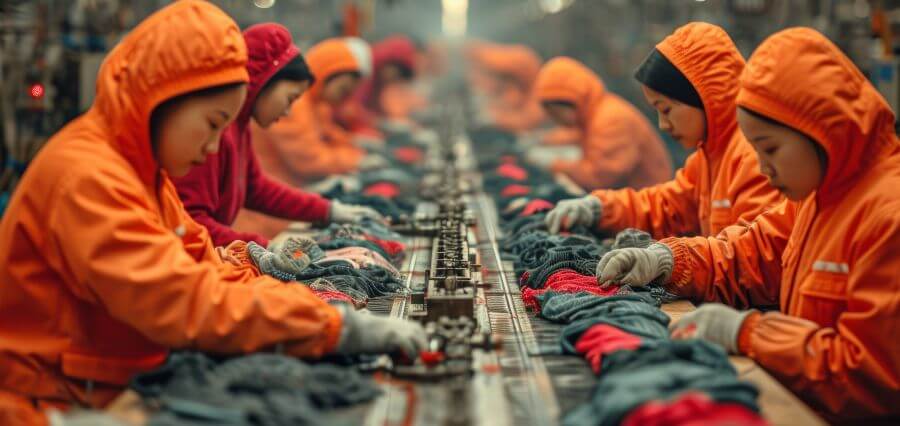- Industrial production jumped 7% versus forecasts of 5% growth, while retail sales increased 5.5%, exceeding the 5.2% increase predicted in a Reuters survey.
Investment in fixed assets increased by 4.2%, exceeding the 3.2% estimate.
• In the first two months of the year, physical products retail sales on the internet increased by 14.4% over the same period last year.
On Monday, China released economic data for the first two months of the year that exceeded all analyst predictions.
Retail sales up 5.5%, exceeding the 5.2% rise predicted in a Reuters poll, and industrial production increased 7%, exceeding growth predictions of 5%.
Investment in fixed assets increased by 4.2%, exceeding experts’ projection of 3.2%.
In cities, the unemployment rate in February was 5.3%. In the first two months of the year, tangible products retail sales on the internet increased 14.4% over the same period last year. Compared to a year earlier, real estate investment decreased by 9% in the first two months of this year. During that period, manufacturing investments climbed by 9.4% and infrastructure investments increased by 6.3%.
“We believe China’s sequential growth momentum remained solid in Q1 despite notable divergence across sectors,” Goldman Sachs analysts said in a report Monday following the data release.
“However, to secure the ambitious “around 5%” growth target this year, more policy easing is still necessary, especially on the demand-side (e.g., fiscal, housing and consumption).”
National Bureau of Statistics Spokesperson Liu Aihua noted that domestic demand is still insufficient despite the positive results.
According to a CNBC translation of her Mandarin remarks, she informed reporters that the real estate market is still going through a phase of “adjustment” and that the economy as a whole is “in a critical period of recovery, transformation and upgrading.”
Liu said that the data on the unemployment rate for individuals between the ages of 16 and 24 would be made public a few days following the monthly news conference on economic data.
Holiday Impact
China usually combines the economic data for January and February in order to account for variances from the Lunar New Year, which might occur in either month depending on the calendar year. It is the largest national holiday in the nation, during which time companies close for at least a week.
This year’s domestic tourism numbers and holiday earnings increased in comparison to both previous year’s and 2019 pre-pandemic data. However, as noted by Ting Lu, Chief China Economist at Nomura, “average tourism spending per trip was still 9.5% below pre-pandemic levels in 2019.”
Because consumers are now more concerned about their future income, retail sales did not recover from the epidemic as quickly as many had anticipated.
“Consumers were buoyed temporarily by festivities-related spending at this start of the year. In the absence of decisive consumption-related stimulus this year, we think it would be difficult to sustain a robust consumer spending pace this year,” Oxford Economics’ Chief Economist Louise Loo said in a report on Monday.
Read More: https://ciooutlookmagazine.com/





